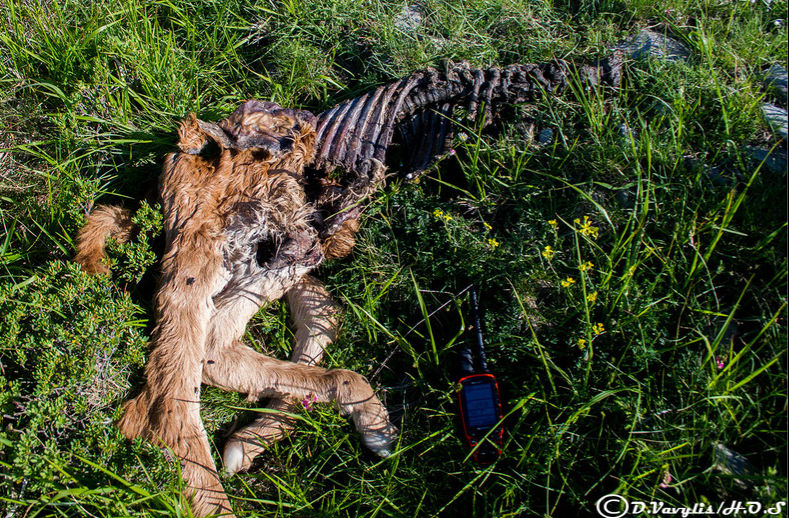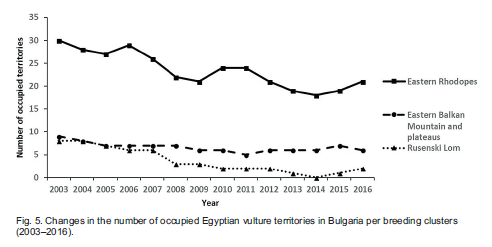The cinereous vulture has an extremely large distribution range across Europe, Asia and North Africa. Although in Europe we usually think of this species as an “European” species, in fact most of the global population occurs in Central Asia. Recently the VCF developed a Flyway Action Plan for Conservation of the Cinereous Vulture, on behalf of the Convention for Migratory Species (CMS), and so we have been engaging with conservationists and agencies in Asia that work on this species.
Recently we have received some incredible pictures of Cinereous vulture taken a few weeks ago in the Demilitarized Zone (DMZ) between North and South Korea, taken by Eugene Cheah. Big flocks of this species are very common in this area during winter time. In Asia (particularly in Mongolia and China), the species migrates in autumn to wintering areas in the Republic of Korea (South Korea).
In Europe, the adults are mostly sedentary while juvenile birds disperse over larger areas. In Spain, the movements of the juveniles are mostly limited to the western part of the Iberian Peninsula and in the surroundings of the breeding colonies, but they also regularly crossing the Gibraltar strait (see here ). Movements of individuals from/to Spain, France, Portugal and Italy have also been recorded in recent years. Further East, birds from the Dadia-Lefkimi-Soufli Forest National Park colony in North-eastern Greece are regularly visiting the close vulture feeding sites in southern Bulgaria (ReVultures Life project area), disperse in the wider range of Rhodope Mountain and even go to Turkey (Skartsi pers. com 2016). In Georgia, Gavashelishvili and McGrady (2006) recorded long range movements by a bird that fledged in Georgia. All juvenile and immature individuals marked in this study migrated in the autumn after hatching, and wintered in Iran and Saudi Arabia, and then migrated north the following spring. Last year the VCF supported the first marking of a cinereous vulture with GPS transmitter in Jordan – the bird is currently spending the wintertime in Saudi Arabia.
For more information about the Cinereous Vulture please check the Flyway Action Plan for Conservation of the Cinereous Vulture.











